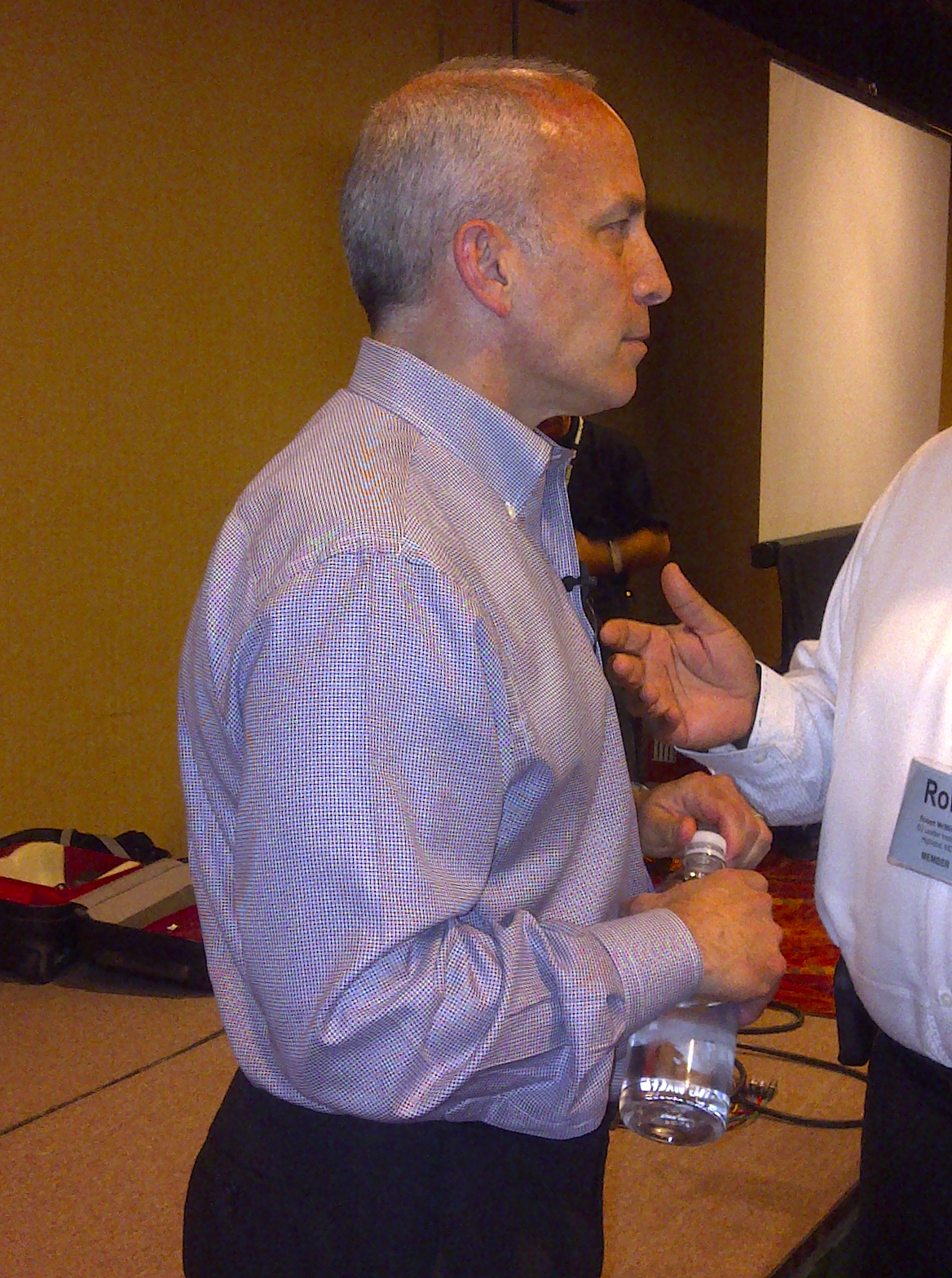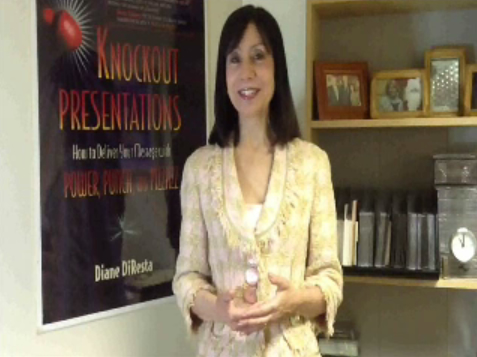What causes a public speaker to fade in the background instead of lighting up a room? Each presenter has an opportunity to share their wisdom but often barriers get in the way of conveying their brilliance.
Are you afraid to step out of your comfort zone? There’s a saying, “The devil you know is better than the devil you don’t know”. Public speakers easily default to the familiar instead of trying something new. Sometimes it’s because they don’t know anything else or may be unaware that they need to improve.
It’s essential to understand that being uncomfortable is part of unearthing your brilliance. The goal is to be comfortable with being uncomfortable- to seek it out-to embrace it. Ask yourself, “How can I stretch?”
A major roadblock to stepping into a bigger version of yourself is the fear of humiliation. When I first wrote Knockout Presentations, I interviewed people and asked them the reason they feared public speaking. After analyzing the responses, a theme emerged. What most people dreaded was the fear of humiliation. That being the case, you can overcome this fear by
Anticipating a humiliating experience and preparing recovery strategies.
Reframe the mishap as a learning experience. It’s not humiliating unless you consider it so.
While fear is the biggest barrier here are four common reasons that public speakers cast a shadow on their own presentation brilliance.
Failure to adapt. To be a master communicator you must be flexible. That means adapting to a different audience, a different company culture and especially last minute changes. Here is where we separate the novice from the pro. It’s not unusual to have your time cut by the manager or meeting planner. Would you know how to do it? The most common way presenters adapt is to speak faster. Or maybe the first speaker on the agenda used the exact examples you planned to use. Failure to adapt will take you out of brilliance and launch you into dullness.
Poor communication skills. There is no shortage of subject matter experts who have valuable insights and data but can’t communicate their message. The presenters may be disorganized. They may not define terms. More frequently, the presenters speak too fast or don’t articulate clearly and often go off message. If your audience is scratching their heads with confusion, they will tune you out.
Little or no audience connection. Are you a talking head? This is the presenter who is scripted and overly rehearsed. They sound unnatural and they talk at the audience. People don’t want to hear a lecture. Presentation brilliance is about the relationship with the audience. Talk to them in a conversational tone. Ask them a question and challenge them. Provide an exercise and tell them a story that is relatable. Create an experience. It’s about how you make them feel. Facts tell but stories sell. Without emotion they’ll probably forget most of what you say.
Insufficient technology skills. Like it or not, we all need to be proficient with technology. Have you ever seen an expert fumbling with equipment? What’s the experience of the slides not working? It’s easy to lose credibility as a public speaker when your technical skills don’t match your expertise. You don’t have to use technology in every presentation. If your story is compelling all you need is you. But remember YOU are the visual aid and the technology is about how you work the room and command the stage.
These four barriers don’t have to overshadow you. Master the skills of adaptability, communication, connection, and technology and let your presentation brilliance emerge.
To learn how to Speak Confidently and Effectively check out my LinkedIn learning course. It ranked in the Top 20 Most Popular courses for 2 years.
To learn techniques to overcome fear of speaking, read Chapter 3 of Knockout Presentations.
To work with me contact DiResta Communications, Inc.






 We've all been there - the racing heart, the sweating palms, the cotton mouth. Many clients call me because they're nervous or experiencing
We've all been there - the racing heart, the sweating palms, the cotton mouth. Many clients call me because they're nervous or experiencing 
 There's a line from a World War I song:
"How you gonna keep 'em down on the farm
After they've seen Paris?"
There's a line from a World War I song:
"How you gonna keep 'em down on the farm
After they've seen Paris?" The dream of most
The dream of most 

